Picnic Set
Undergrad (SCAD) Thesis Project Mycelium, Industrial Design, Material Research, Sustainability, Circular Lifecycle, Casting, Intentional FailuresI used this opportunity to explore my love for material studies. At the time, mycelium was a very new and underdeveloped material, and I wanted to see what I could uncover. Excited by its biodegradable properties and circular lifestyle, I wondered what practical uses I could find. Through lots of R&D and trial and error, I ended up developing and producing my own functional, fully biodegradable picnic set.
I made this project out of practial value for myself and my friends when we’d go to Forsyth Park, in the heart of Savannah, Ga. We’d always take single use paper plates and dipose of them appopriately, but I felt wasteful. As mycelium is biodegrable, why not use that instead?
The slight pinkish hue is a water based, food grade biodegradable polyurethane. The mycleium already has hydrophobic qualities, so the coating is a means of being fully watertight. The pinkish hue is acheived by mixing in food dye into the polyurethane before coating the mycelium. Below are images of different tests and trials I undertook to learn more about the material. The tests varied from burning, coloring, altering densities, combining mycelium with other materials and failiures in the growth of the mycelium itself.
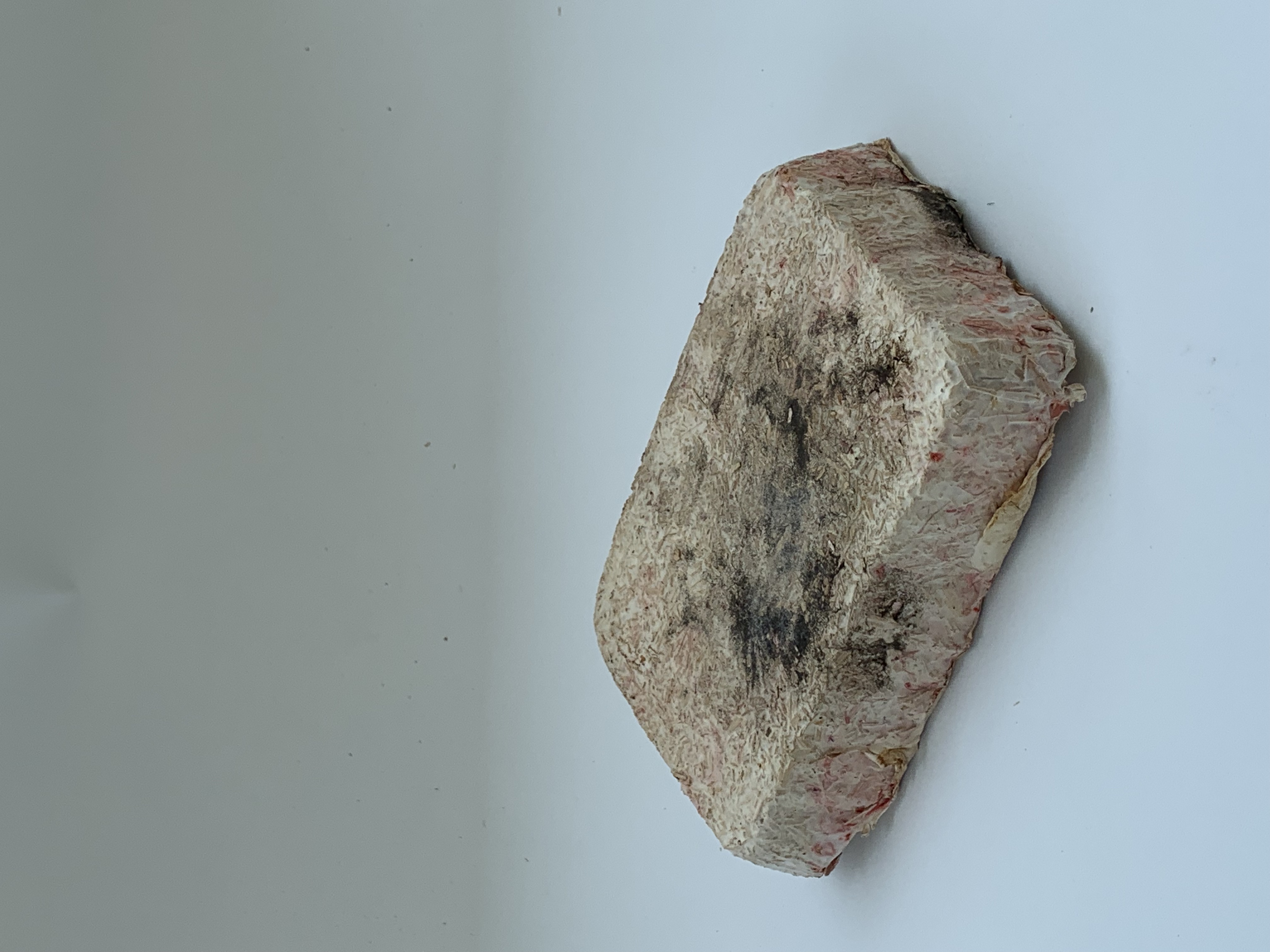


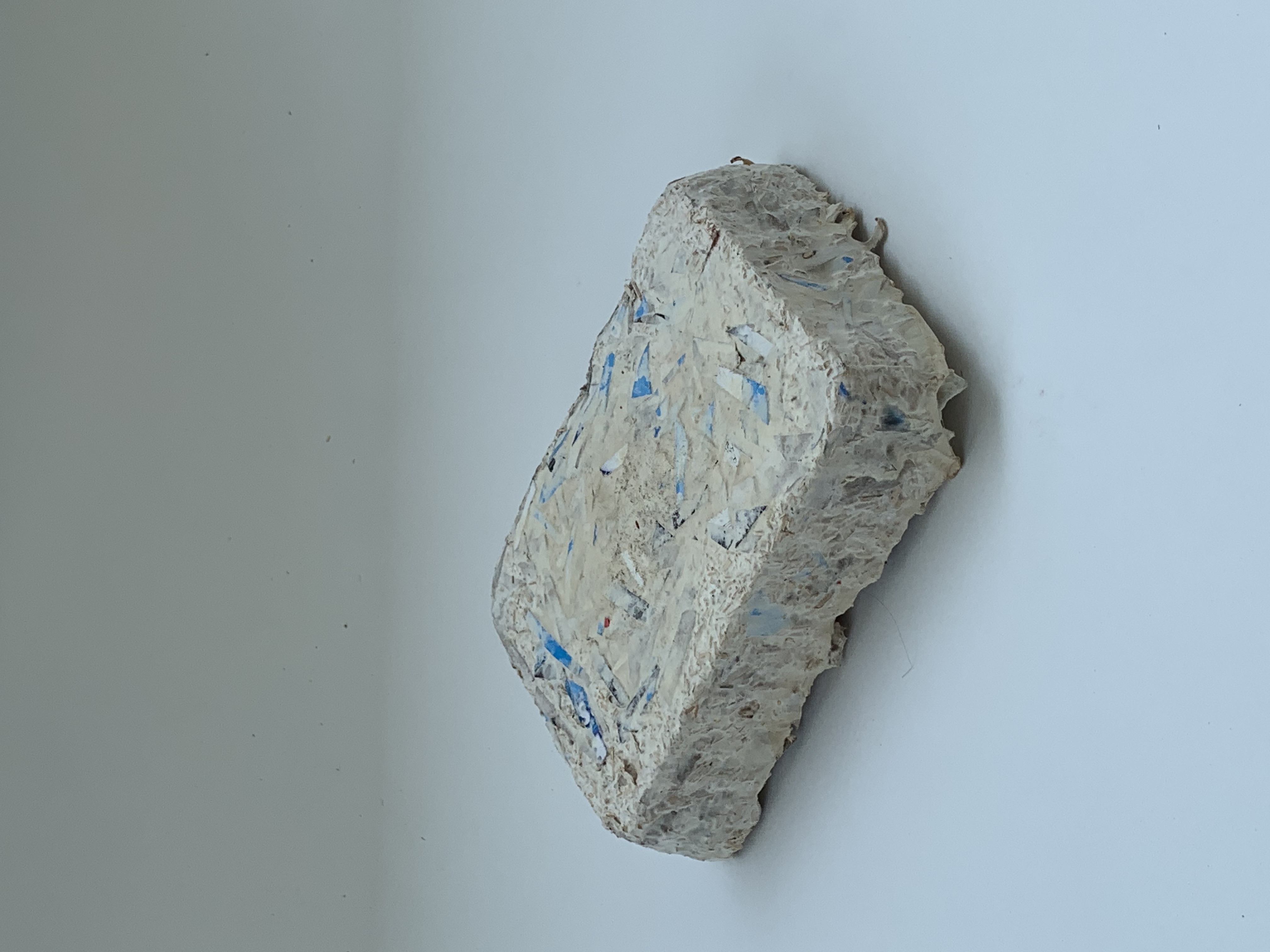



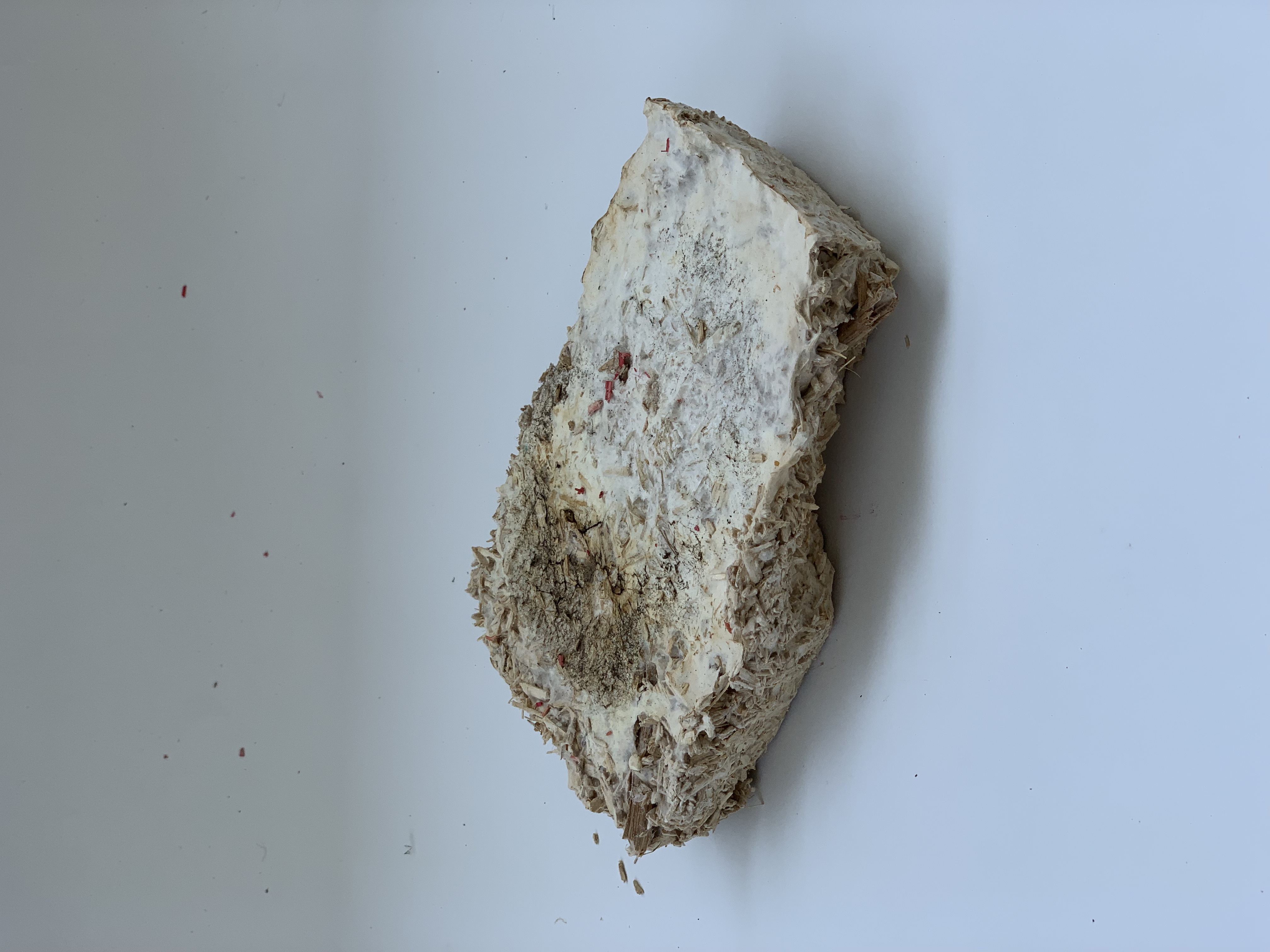
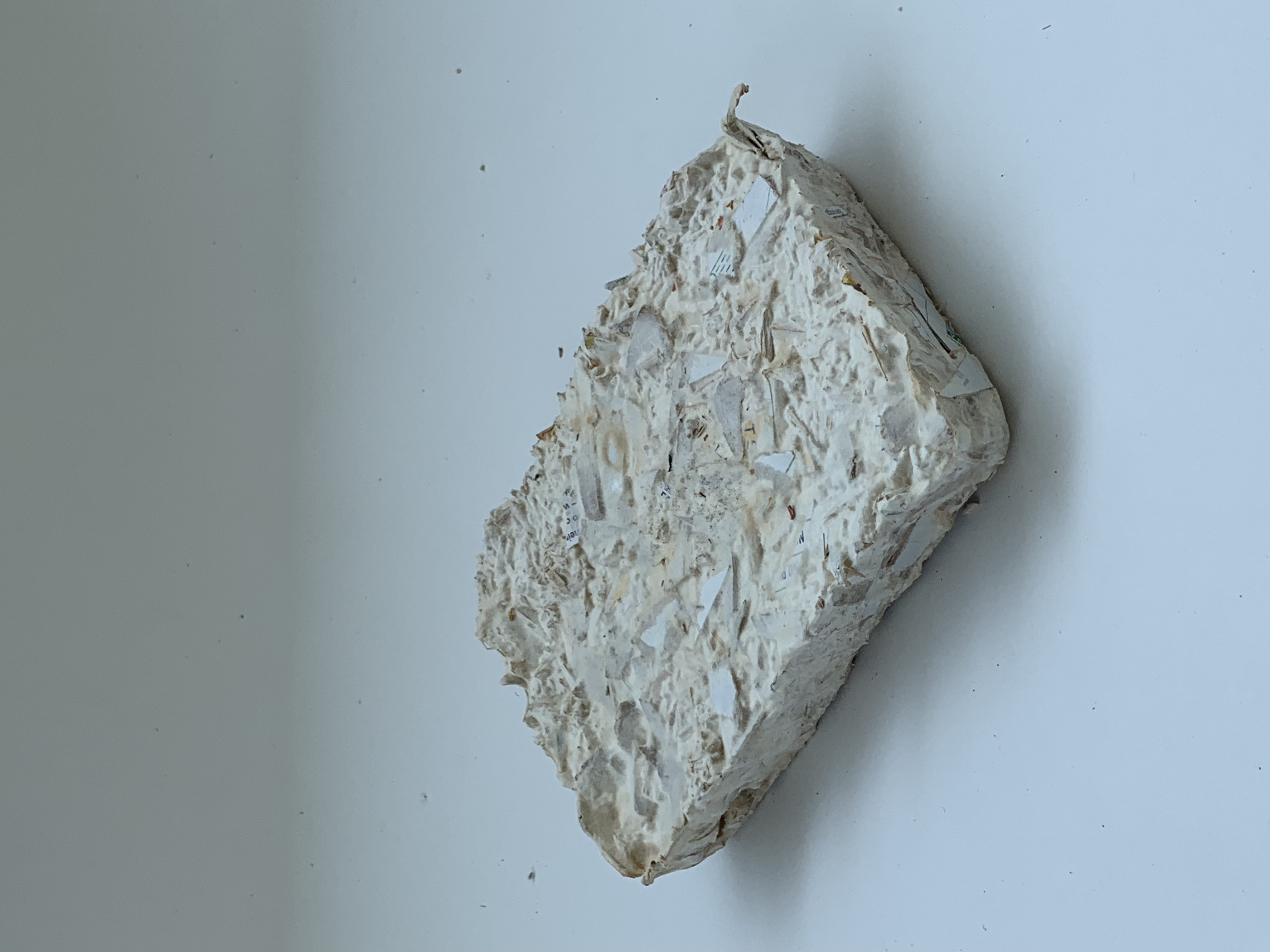




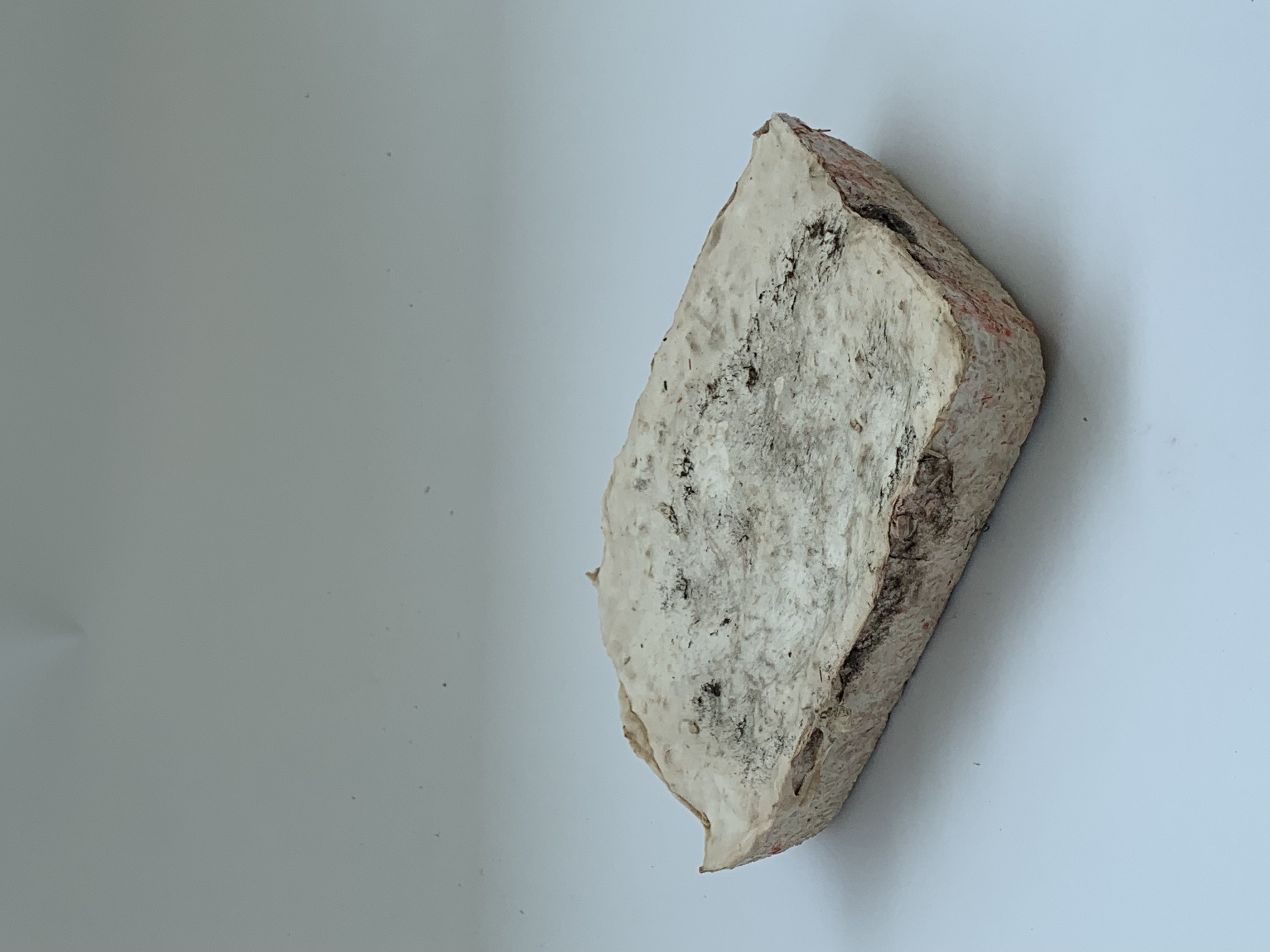


Through extensive testing, I began to build a mental image of what the material could and could not do. With this in mind, I believed it would be strong, light and hydrophobic enough to be used as a replacement for paper in the picnic set.
How do you even make the material in the first place?
I purchased a premixed substrate/mycelium mixture from a company called Ecovative. The mixture was dry and required ‘bringing back to life’, so after mixing in some water and waiting a week, the mycelium was now active again, ready to be used in whatever fashion I deemed necessary.


